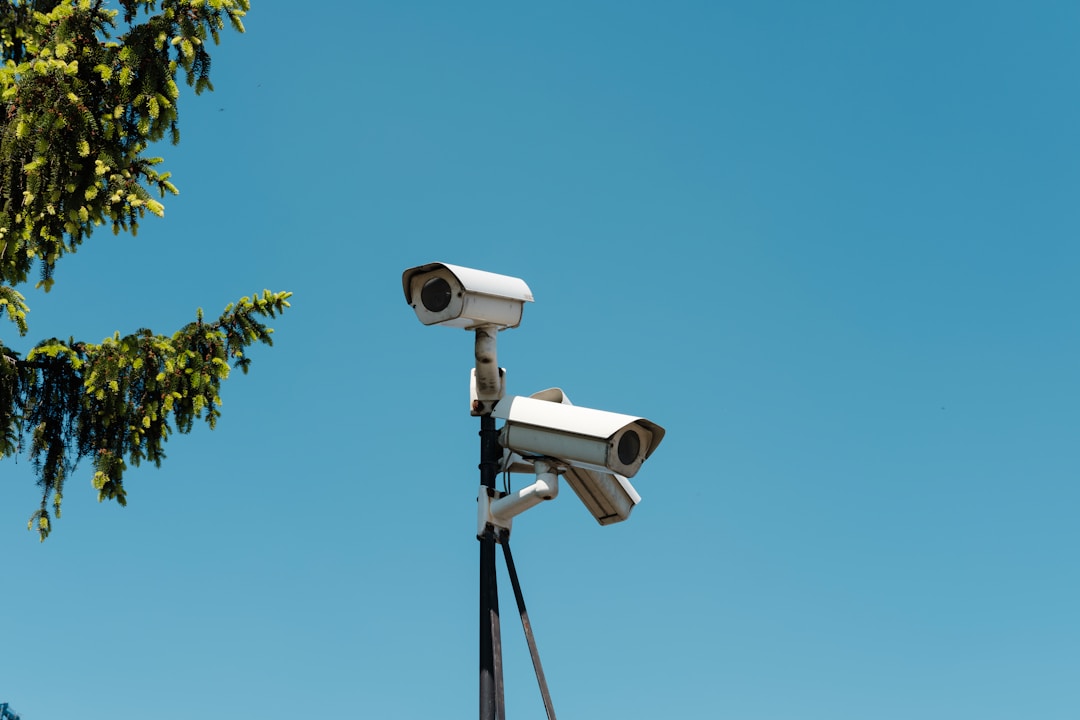Business owners often strive to maintain the commercial value of their building. If not properly maintained, they can miss out on new business opportunities and incur substantial expenses. Like any other structure, an office building requires regular maintenance to stay functional and safe for use. Continue reading for a few vital maintenance tips.
Install security cameras.

Maintenance and security go hand in hand, and many businesses are susceptible to various forms of security risks, including theft, vandalism, property damage, and loss of sensitive data. It’s vital to choose the right security solution for your business to mitigate such risk factors. Remember, there’s no such thing as going overboard when it comes to security. So, you might want to install security cameras in and out of your office building, mainly if both employees and customers use the building. Doing this can help you monitor and track live happenings in your workspace.
A good rule of thumb is to purchase security cameras from a reputable vendor. One notable enterprise security solution provider is Verkada Inc., headquartered in San Mateo. According to Verkada CEO Filip Kaliszan, the company aims to design solutions that run every office building globally. Verkada cameras, for example, are acclaimed for their innovative features, ease of implementation, and scalability. Additionally, they feature complex cloud technologies and mobile capabilities like people analytics and Geofence alerts that guarantee the physical safety of employees, business assets, and customers. Endeavor to schedule frequent updates to keep the surveillance system up to date and cyber-secure.
Prioritize asset maintenance.
Office building maintenance also entails ensuring the company’s resources are effectively managed and adequately utilized for optimum performance and productivity. Nowadays, businesses struggle to manage and keep track of assets such as production equipment, operational vehicles, technology, furniture, and computers. The cost of replacing broken-down or misplaced assets can significantly increase the operating expenses, which can result in negative cash flow and put a strain on the business’s bottom line.
That’s where a robust asset tracking software solution comes in. It makes the process of tracking business assets more straightforward. As an office manager, you can monitor an asset from its procurement and integration to its repair, renewal, and discarding. With modern tracking software, you can analyze data specific to each asset. This is especially important to gain actionable insights to help you make informed decisions.
Finding the best enterprise asset-management solution can be overwhelming, given the many options available. Most solutions vary according to price, ease of integration, user experience, special features, and management capabilities. Today, modern asset-tracking software allows you to identify an asset by scanning the item’s unique barcode with your mobile device. You can also attach asset tags to all items for easy identification. The bottom line is that you should pick a tracking tool that facilitates asset location by delivering real-time location data to you.
Mandate your employees to report any issues in the mobile app. This information can come in handy in planning routine equipment maintenance and scheduling repairs. Lastly, creating and tracking digital audit trails ensures that the efficiency of the asset audit translates to improved accountability among employees who use them.
Set a maintenance budget.

Maintenance expenses refer to the costs incurred by an organization to keep their business assets in top working condition. These expenses generally encompass the cost of general maintenance or repair of items and are separate from the actual purchase price of the item.
Businesses need to set aside resources to cover the costs of keeping their properties in running order. Take the initiative and set a maintenance budget for your company. The budget is expected to pay maintenance expenses that may arise at some point in the future. When setting a maintenance budget, you should factor in the type of business assets and how often maintenance is required.



